Manaslu Trekking in 2026 & 2027: The Complete Guide makes your trip amazing
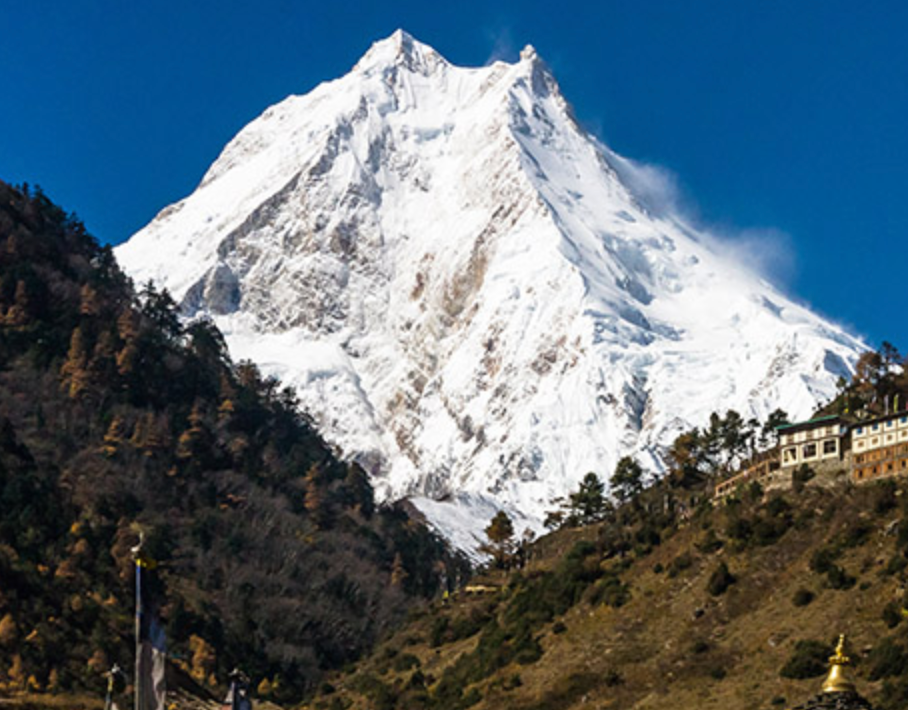
Introduction: Why Manaslu Is Nepal’s Next Big Trek (2026–2027)
Manaslu—the “Mountain of the Spirit” (8,163 m) encircles trekkers with hanging glaciers, ancient Tibetan-influenced villages, prayer-flagged ridgelines, and the dramatic Larkya La Pass. Long a quieter alternative to the Everest and Annapurna classics, the Manaslu Circuit is surging in popularity thanks to its wild feel, intimate tea houses, and deep culture.
What’s new for 2026–2027? Ongoing improvements—stronger suspension bridges, clearer signages, community-led lodges, and streamlined permit handling—are making Manaslu safer and more sustainable while still preserving its rugged charm. For travelers planning Nepal trekking in the next two years, Manaslu offers the perfect blend of big-mountain drama, cultural immersion, and fewer crowds.
Best Season & Time to Trek Manaslu
Peak Seasons (Best for Views & Logistics)
- Autumn (Sept–Nov): Post-monsoon clarity, crisp skies, stable weather—prime time for panoramic views and Larkya La crossings.
- Spring (Mar–May): Warmer days, blooming rhododendrons, good visibility—fantastic for photography and wildlife sightings.
Off-Season Pros & Cons
- Winter (Dec–Feb): Very few trekkers, crystal air at lower elevations—but deep cold and snow can close the pass; short daylight hours.
- Monsoon (Jun–Aug): Lush valleys, quiet trails below ~3,500 m—but rain, leeches, landslides and transport disruptions are common.
Bottom line: For Manaslu Trekking 2026–2027, choose Autumn or Spring to maximize scenery, safety, and lodge availability.
Present Condition of Manaslu Trails (Now → 2026–2027)
Route & Access (Classic Flow)
Kathmandu → Soti/Machha Khola → Jagat → Deng → Namrung → Lho → Samagaun → Samdo → Dharamsala (Larkya Phedi) → Larkya La (5,160 m) → Bimtang → Dharapani.
This anti-clockwise loop follows the Budhi Gandaki river gorge into high alpine basins before crossing the pass to the Annapurna side.
Trail Surface & Safety
- Surfaces: Forest footpaths, stone steps, suspension bridges, and scree on the pass approach.
- Upgrades: Annual maintenance continues to strengthen bridges, repair landslide sections, and add wayfinding signs—especially around Namrung–Lho–Samagaun.
- Road encroachment: Some feeder roads exist in lower sections, but the core circuit remains a walkable trekking trail. Drive-in/out options near Dharapani add itinerary flexibility.
2026–2027 Outlook
Expect incremental wins: cleaner trails, waste-sorting points, plastic-reduction efforts, and more training for community lodges—all making the experience smoother without diluting the wilderness vibe.
Permits & Requirements (Manaslu 2026–2027)
Permit/Rule | Where it Applies | Notes |
MRAP (Manaslu Restricted Area Permit) | Roughly Jagat → Dharapani | Must be issued by a licensed Nepali agency; solo not allowed; licensed guide mandatory. |
MCAP (Manaslu Conservation Area Permit) | Manaslu region | Conservation entry fee; carry a printed copy. |
ACAP (Annapurna Conservation Area Permit) | If exiting via Dharapani | Needed for the exit on Annapurna side. |
TIMS | Often not required when MRAP is held | Policies can change—confirm at booking. |
Guide & Group Rules | Restricted areas | Since 2023, a licensed guide is mandatory; expect continued enforcement. |
Tip: Start permits a few days before departure and keep physical copies handy for multiple checkpoints.
Accommodation & Food on the Manaslu Circuit
Tea Houses & Lodges
Expect family-run tea houses with twin rooms, foam mattresses, shared bathrooms, and a warm, social dining hall. Charging and Wi-Fi are available at extra cost in many villages—more reliable in Namrung, Lho, Samagaun.
What’s on the Menu
- Nepali staples: Dal bhat, veggie curries, rice, lentils—hot, filling, and ideal for long trekking days.
Tibetan favorites: Thukpa, thenthuk, Tibetan bread, butter tea.
Western comfort: Oat porridge, pancakes, pasta, omelets—more common in busier hubs.
2026–2027 Improvements
Expect expanded solar power, clearer price transparency in peak months, and more community-managed stays near monasteries—raising consistency while keeping things local and eco-friendly.
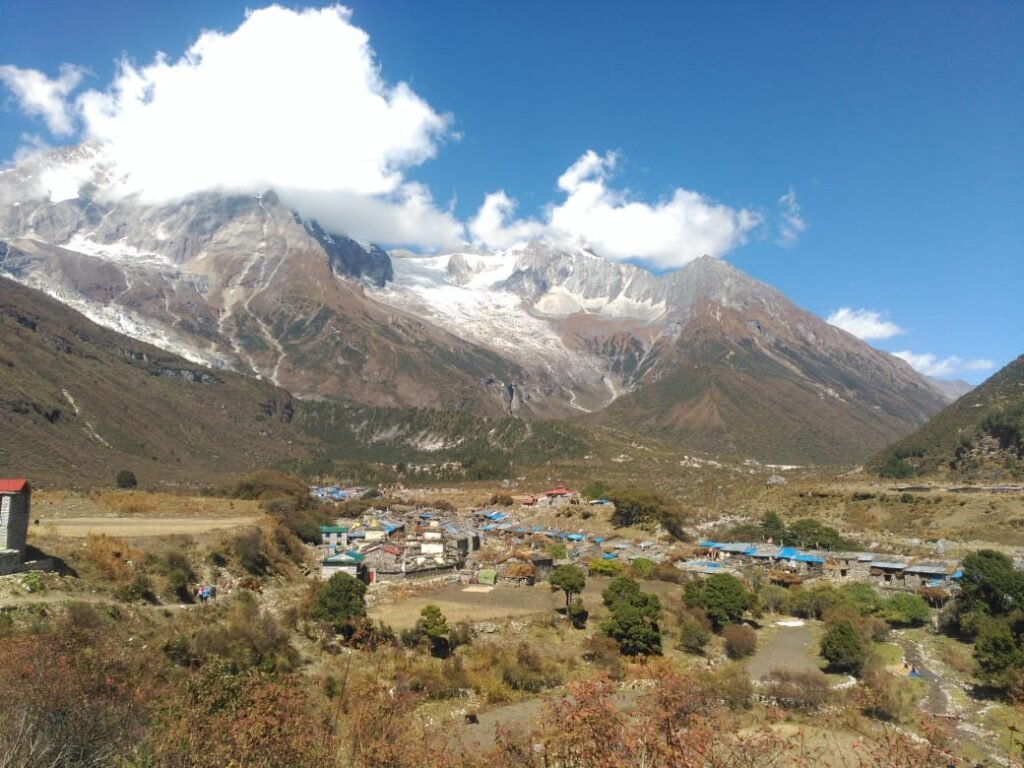
Culture & Traditions: Living Tibet in Nepal
The upper Budhi Gandaki—Samagaun and Samdo—feels like an open-air cultural museum: mani walls, prayer wheels, chortens, and centuries-old gompas anchor village life. Dawn horns, butter lamps at dusk, monks and nuns in maroon robes—you’ll witness rituals that have thrummed here for generations.
Cultural etiquette for trekkers
- Dress modestly; hats off inside monasteries.
- Walk clockwise around stupas and mani walls.
- Ask permission before photographing people or sacred spaces.
- Consider small donations to monasteries—supporting education and upkeep.
Geographical & Natural Highlights (Don’t Miss)
- Budhi Gandaki Gorge: A dramatic entry via airy bridges and cliff-hugging paths.
- Namrung → Lho → Samagaun: Villages with sweeping Manaslu east-face views; Ribung Monastery is a classic photo spot.
- Samagaun (3,530 m): Perfect acclimatization base with side trips to Manaslu Base Camp or Birendra Tal.
Samdo (3,860 m): Wind-brushed yak pastures and frontier ridgelines.
Larkya La (5,160 m): The high point—Himlung, Cheo, Kang Guru, and the Manaslu massif on a clear day.
Bimtang → Dharapani: Turquoise lakes, alpine meadows, and the warm return of rhododendron forests.
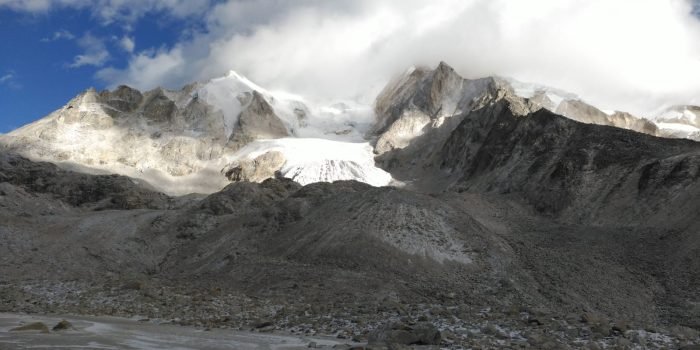
Preparation & Essential Gear (Pack Smart for 2026–2027)
Fitness & Acclimatization
- 6–8 week base: 3–4 sessions/week of hiking, stair climbs, or loaded walks (60–90 min).
- Strength & mobility: Focus on quads, calves, glutes, core; add balance drills.
- Acclimatize wisely: At least one full rest day in Samagaun (plus optional in Samdo). Know AMS signs and descend if symptoms persist.
Essential Packing List
- Trekking boots (broken-in, ankle support) + camp shoes
- Layering system: moisture-wicking base, fleece mid-layer, light down/synthetic puffy, waterproof shell (jacket & pants)
- Sleeping bag (≈ −10 °C / 14 °F rating) + liner
- Trekking poles
- Water purifier (filter + tabs/UV) & 2–3 L capacity
- Headlamp + spare batteries;
- power bank (10–20k mAh)
- Sun & cold kit: glacier-rated sunglasses, sunhat, warm beanie, SPF 50+, lip balm, liner + insulated gloves
- First-aid kit: blister care, pain relief, rehydration salts; altitude meds per doctor
- Documents & cash: passport copies, evac-covered insurance, permit printouts, small bills
Nice-to-have: earplugs, sit pad, microspikes (only if your guide advises in early Spring/late Autumn)
Tips for Manaslu Trekkers (2026–2027)
Climate Change Reality
Weather is more variable—late rains, surprise snow, stronger pass winds. Build buffer days, start early on pass day, and travel with a locally experienced guide who can adjust plans fast.
Sustainability & Responsible Travel
- Refill, don’t discard: Carry bottles/bladder and refill boiled/filtered water.
- Pack out waste: Use lodge bins responsibly; avoid single-use plastics.
- Respect energy: Solar and batteries are limited—charge intentionally.
- Hire local pros: Licensed guides/porters elevate safety and ensure your spending benefits communities.
Booking, Insurance & Guides
- Book early for Oct–Nov and Apr–May to secure rooms in Samagaun/Samdo and a strong guide team.
- Verify helicopter evacuation and high-altitude trekking in your insurance.
Guides are mandatory in the restricted zone; policies introduced in 2023 are expected to continue through 2026–2027.
Day-by-Day Itinerary — 14 Days
Distances and times are approximate and vary with conditions. Always check with your guide for daily updates.
-
Route notes: Early jeep/bus west via Arughat/Soti Khola. Expect paved + rough sections, narrow cliff roads, and occasional delays. Lunch at highway town; water top-ups at shops along the way.
Highlights: Middle-hill terraces, the first glimpses of the Budhi Gandaki gorge, village life along the rivers.
Logistics: Final ATM, gear checks, SIM top-ups in Kathmandu. Basic rooms in Machha Khola; power generally available.
Safety: Landslide/road block risk after heavy rain. Keep valuables close; use seatbelts where provided.
Accommodation & food: Tea houses with simple rooms; dal bhat, noodles, soups.
Pro Tip: Pack a neck pillow and dust mask; road sections can be bumpy and dusty.
-
Route notes: Undulating trail with stone steps, hot springs at Tatopani (optional stop), multiple suspension bridges. Enter Manaslu Conservation Area ambience.
Highlights: River-cut gorges, waterfalls, first clusters of mani walls and prayer flags.
Logistics: Permit check at Jagat begins the restricted area section (RAP). Limited Wi-Fi/power.
Safety: Be alert at narrow cliff paths; let mule/yak caravans pass on the hill side.
Accommodation & food: Standard rooms; basic menus, occasional bakery snacks.
Pro Tip: Keep trekking poles ready—today’s mixed terrain rewards stability.
-
Route notes: Stone staircases and forested traverses via Philim and Ekle Bhatti. Long cantilever bridges and carved cliff paths.
Highlights: Dramatic gorge scenery; quiet micro-hamlets; glimpses of Shyar Khola side valleys.
Logistics: Water refill in villages; variable charging. Quiet evenings.
Safety: Rockfall sections after rain—helmets optional but sensible. Keep to inside edge on exposed contours.
Accommodation & food: Cozy dining rooms; hearty soups and carbohydrates for recovery.
Pro Tip: Try a mid-day electrolyte mix to keep cramp at bay.
-
Route notes: Steady climb through pine and rhododendron into cooler air. Pass Ghapt and follow the river to Namrung.
Highlights: Changing architecture to Tibetan-style stone houses; first bigger mountain windows.
Logistics: Better power and limited Wi-Fi possible at Namrung; small shops for snacks.
Safety: Temperature drops—layer up before stopping; watch for early altitude effects (headache, sleep disruption).
Accommodation & food: A few lodges here are nicer—good place to recharge devices.
Pro Tip: Do a short evening acclimatization stroll 100–150 m above the village, then descend to sleep.
-
Route notes: Climb via Lihi and Sho; long stone steps, forest clearings, and fields. Monasteries and chortens welcome you to Lho.
Highlights: Big views toward Manaslu and Himal Chuli; the photogenic Ribung Monastery above Lho.
Logistics: Limited charging; some lodges with better insulation.
Safety: Keep pace conservative; above 3,000 m many feel the altitude.
Accommodation & food: Classic tea houses; evening stove heat in dining rooms.
Pro Tip: Visit Ribung Monastery at golden hour—sensational photos and a calm acclimatization walk.
-
Route notes: Gentle, scenic day via Shyala with widening valley floors and glacier views. Trail is well-trodden.
Highlights: Closer Manaslu faces, Ngadi Chuli, and glacial moraines. Samagaun is the trek’s cultural hub.
Logistics: More lodges, a few shops; Wi-Fi/power sometimes available (paid).
Safety: Hydrate and avoid racing—tomorrow is your acclimatization day, not a rest to bank time for.
Accommodation & food: Multiple lodges with decent dining rooms, simple menus.
Pro Tip: Pre-order thermos hot water for early morning starts—saves time and keeps you warm.
-
Route notes:
- Birendra Lake: 1.5–2.5 hrs round trip; gentle climb; perfect for “climb high, sleep low”.
- MBC viewpoint: longer, steeper half-day; only attempt if feeling strong and acclimatizing well.
Highlights: Turquoise lake below glaciers; huge icefalls and seracs on the upper slopes.
Logistics: Return to same lodge; do laundry, gear checks; charge devices.
Safety: If you develop persistent headache, nausea, dizziness—descend and rest. Do not push for MBC.
Accommodation & food: Same tea house; consider extra carbs and soup.
Pro Tip: Keep movement light and nap after lunch; recovery improves acclimatization.
-
Route notes: Broad valley walk with modest ascent; wind can pick up in the afternoon.
Highlights: Stark, high-valley panoramas and yak pastures; Samdo is a traditional settlement near the Tibetan frontier.
Logistics: Fewer, simpler lodges; limited power/Wi-Fi.
Safety: Afternoon chills—layer windproofs; protect fingers.
Accommodation & food: Basic rooms; hearty dal bhat, thukpa, momos.
Pro Tip: Take a short viewpoint hike above Samdo (100–150 m) before dinner—great for acclimatization.
-
Route notes: Gradual climb on a boulder-strewn trail; final approach often windy and cold.
Highlights: Close-in glaciers and serrated ridgelines; the stark beauty of the high alpine.
Logistics: Very limited lodging and facilities; book early in high season.
Safety: Hydrate aggressively; minimize time outside after arrival to preserve warmth for the pass day.
Accommodation & food: Simple dorm/twin setups; early dinner, early to bed.
Pro Tip: Lay out pass-day kit (headlamp, snacks, layers, microspikes if needed) before sleep to speed your pre-dawn start.
-
Route notes: Pre-dawn start. Long, steady ascent on scree/snow with occasional cairns and poles; traverse false crests before the real pass. Big descent on switchbacks and moraine to Bimtang.
Highlights: Summit prayer flags, jaw-dropping views of Himlung, Cheo, Kang Guru, and the Manaslu massif; triumphant arrival in Bimtang meadows.
Logistics: Weather sensitive—coordinate with your guide on cut-off times for the ascent and descent. Bimtang has a few good lodges.
Safety: Crampon-like microspikes can help in hard snow/ice; watch for altitude-related fatigue on descent; keep spacing on icy sections.
Accommodation & food: Warm dining rooms (often bustling with stories!). Extra tea and carbs well earned.
Pro Tip: Poles out, zipper management dialed (venting on climbs, sealing on windy crests). Pace is everything.
-
Route notes: Beautiful descent via Pungua Danda views, then forest and villages—Yak Kharka → Goa (2,515 m) → Tilije (~2,300 m)—before joining the Annapurna Circuit corridor to Dharapani.
Highlights: Sunrise over Lamjung Himal; shifting ecosystems from alpine to mixed forest.
Logistics: Better connectivity appears again; more shops/services in Dharapani.
Safety: Long downhill—protect knees (poles, small steps); watch slick stones after rain.
Accommodation & food: Many lodge options; hot showers often available (paid).
Pro Tip: Tape hot spots on your feet early; long descents can blister just as badly as climbs.
-
Route notes: Most teams take a jeep down the rough road; walking is possible but dusty with traffic.
Highlights: Lowland terraces, warmer air, fruit trees, bustling Besisahar.
Logistics: Arrange onward vehicle Besisahar → Kathmandu for the next morning or same day if time allows.
Safety: If walking, use a dust mask and keep to safe road margins. In vehicles, secure luggage.
Accommodation & food: Hotels/guesthouses in Besisahar; wider menus.
Pro Tip: Backup your photos/videos tonight with decent power and signal.
-
Route notes: Long highway journey back to Kathmandu (traffic dependent). Lunch stop mid-way.
Highlights: Watching the hills unspool behind you; that first city coffee.
Logistics: Return gear to agency if rented; sort laundry and souvenirs.
Safety: Hydrate and move every hour to avoid stiffness; keep valuables in a daypack within reach.
Accommodation & food: Kathmandu has everything—celebratory dinner time.
Pro Tip: Plan buffer day before international flights in case of road delays.
-
Why buffers matter: Road washouts, minor illnesses, or a weather hold at Larkya La can delay you. A built-in buffer protects your international flight and stress levels—especially vital for Nepal trekking 2026/2027 when seasonal variability continues to be a factor.
Manaslu Circuit Trek – Quick Answers (Updated 2026)
A) Basics & Route
Q1. Where is the Manaslu Circuit Trek located?
Q2. How long does the Manaslu Circuit Trek take?
Q3. What is the highest altitude on the Manaslu Circuit?
Q4. What is the standard Manaslu trek route start and finish?
Q5. How many kilometers do you walk daily on Manaslu?
B) Difficulty & Fitness
Q6. How difficult is the Manaslu Circuit Trek?
Q7. Is Manaslu suitable for first-time trekkers?
Q8. How should I train for the Manaslu trek 2026?
C) Best Time & Weather
Q9. What is the best time for the Manaslu trek?
Q10. How cold does it get near Larkya La?
Q11. What seasonal challenges should I expect?
Q12. Do I need microspikes or crampons?
D) Permits & Regulations
Q13. Which Manaslu trekking permits are required?
Q14. Is TIMS needed for Manaslu Circuit?
Q15. Can I trek Manaslu without a guide?
Q16. How do I get permits for Tsum Valley add-on?
Q17. What documents do I need for permits?
E) Costs & Budget
Q18. What is the Manaslu trek cost in 2026?
Q19. Guide and porter rates for 2026?
Q20. Typical lodge and meal prices?
Q21. What daily budget should I plan?
F) Accommodation & Food
Q22. Are Manaslu tea houses available along the route?
Q23. What food is served on the Manaslu Circuit Trek?
Q24. Should I pre-book lodges?
Q25. Is the water safe to drink?
G) Transport & Access
Q26. How do I reach the Manaslu trek trailhead?
Q27. How do trekkers return after finishing?
H) Health, Altitude & Safety
Q28. Is the Manaslu Circuit Trek safe?
Q29. How to prevent altitude sickness?
Q30. Do I need trekking insurance?
Q31. What vaccinations or health prep are recommended?
Q32. What emergency support exists on route?
I) Connectivity, ATMs & Utilities
Q33. Are there ATMs on the Manaslu route?
Q34. Is there mobile network or Wi-Fi?
Q35. Can I charge devices?
J) Gear & Packing
Q36. What essential gear should I pack?
Q37. Do I need a water filter on Manaslu?
K) Culture & Photography
Q38. What cultural highlights will I see?
Q39. Best photo spots on the Manaslu Circuit?
L) Comparisons & Extensions
Q40. Manaslu Circuit vs Annapurna Circuit?
Q41. Can I add Tsum Valley?
M) Drones & Extra Rules
Q42. Are drones allowed on Manaslu?
N) Outlook 2026/2027
Q43. What’s changing for Manaslu trek 2026/2027?
Why Manaslu Trekking 2026–2027 Will Be Unforgettable
Think prayer wheels chiming in the wind, yak caravans threading ancient trade paths, and the sudden spill of peaks as you crest Larkya La. With maturing infrastructure, clearer safety protocols, and a stronger sustainability ethos, Manaslu Trekking 2026 and Manaslu Trekking 2027 promise the best of Himalayan trekking: authentic culture, cinematic landscapes, and dependable logistics.
Call to action: Ready to plan your Manaslu Circuit trek? Lock in your Autumn or Spring dates, secure MRAP + MCAP + ACAP permits via a licensed agency, train smart, and trek with respect. The “Mountain of the Spirit” is waiting—quietly, majestically, and absolutely worth it.
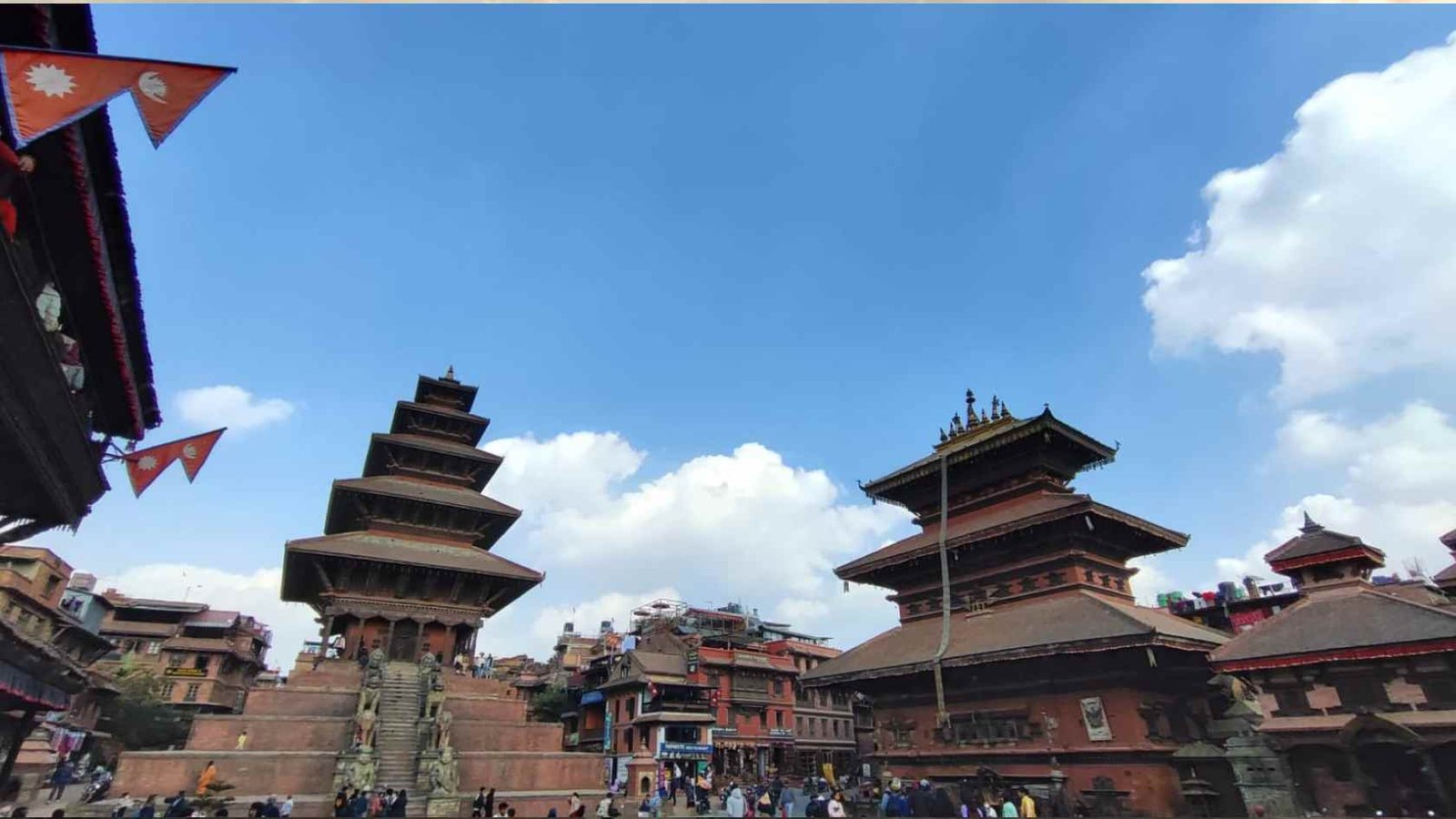


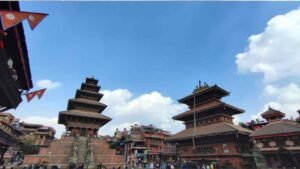
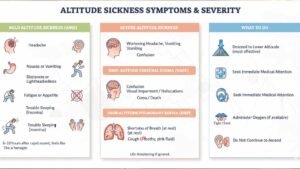
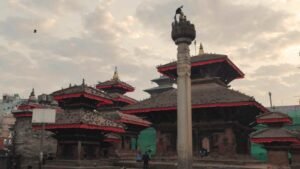
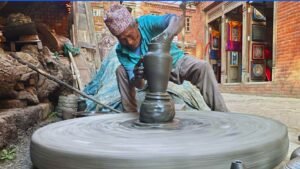
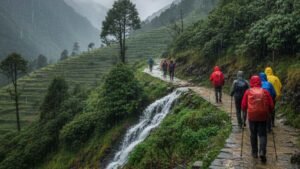
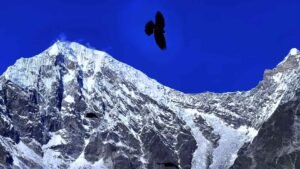
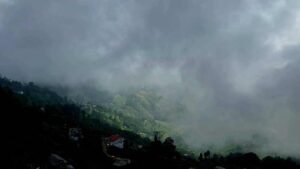

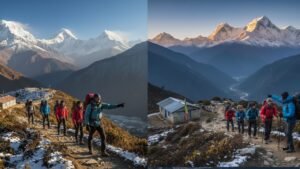
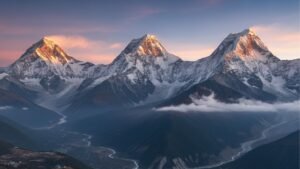
2 comments